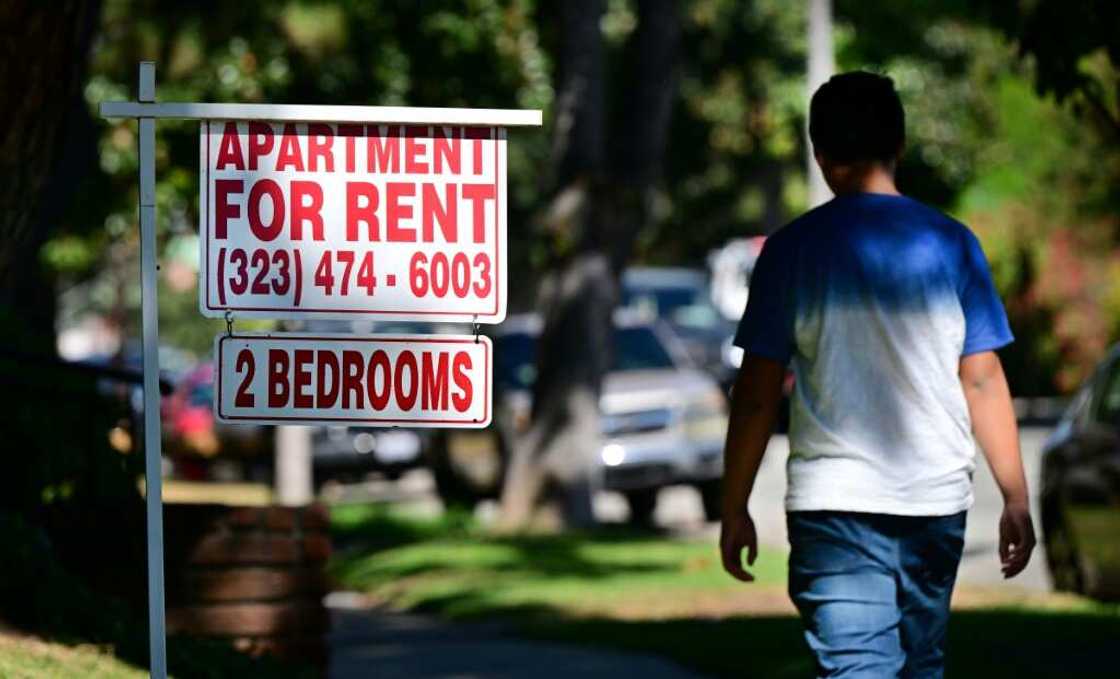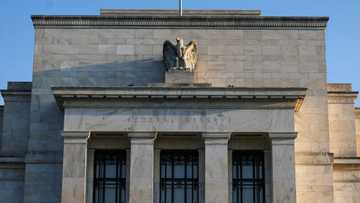US inflation slows in November in smallest spike in year

Source: AFP
US consumer inflation eased in November, according to government data released Tuesday, bringing some relief to policymakers with the smallest annual increase over the past year.
Officials are closely eying the monthly inflation report for signs that painfully high consumer prices are definitively moderating at last, as surging costs of living force households to dip into their savings.
The consumer price index (CPI), a closely-watched measure of inflation, jumped 7.1 percent from a year ago, down from 7.7 percent in October, according to Labor Department figures.
But the overall number is still about three times the pre-pandemic pace.
Prices ticked up 0.1 percent from October to November, a smaller-than-expected increase after a prior 0.4 percent jump, the latest data showed.
Meanwhile, core prices, which exclude the volatile food and energy segments, rose 0.2 percent in November, down from a 0.3 percent pick-up in October.
PAY ATTENTION: Subscribe to Digital Talk newsletter to receive must-know business stories and succeed BIG!
"The index for shelter was by far the largest contributor to the monthly all items increase, more than offsetting decreases in energy indexes," the Labor Department said in a statement.
Food inflation nudged up as well, underscoring the financial squeeze that households are still experiencing.
While an improvement from before, the data likely reinforces official views that costs remain far too high, and US central bankers are poised to push on in their quest to cool the world’s biggest economy.
The Federal Reserve has raised the benchmark lending rate six times this year in hopes of lowering demand, walking a fine line between reining in prices and triggering a recession.
The lower inflation figure is likely to fuel optimism for easing in the Fed's aggressive campaign as its policy-setting committee starts a two-day meeting Tuesday that is widely expected to culminate in a smaller rate hike.
Right direction
Consumer inflation remains much higher than the Fed's longer-term goal of two percent, even as prices are "moving in the right direction," said economist Rubeela Farooqi of High Frequency Economics Tuesday.
But "further sustained improvement" over the coming months could allow the Fed to slow its pace of rate hikes more, she added.
While goods prices are decelerating, they still contribute heavily to CPI changes and a reversal of the trend will take time, she warned in an earlier analysis.
Shelter inflation remains a key factor behind inflation, and James Knightley of ING told AFP that while the asking price for rents appears to be falling in many cities, most people are still paying "considerably more" than last year.
Analysts have also been watching price increases in services, given that quickly rising wages feed into this segment and "continue to run hot," he noted.
"This is clearly an area of concern for the Fed," he said.
Source: AFP



